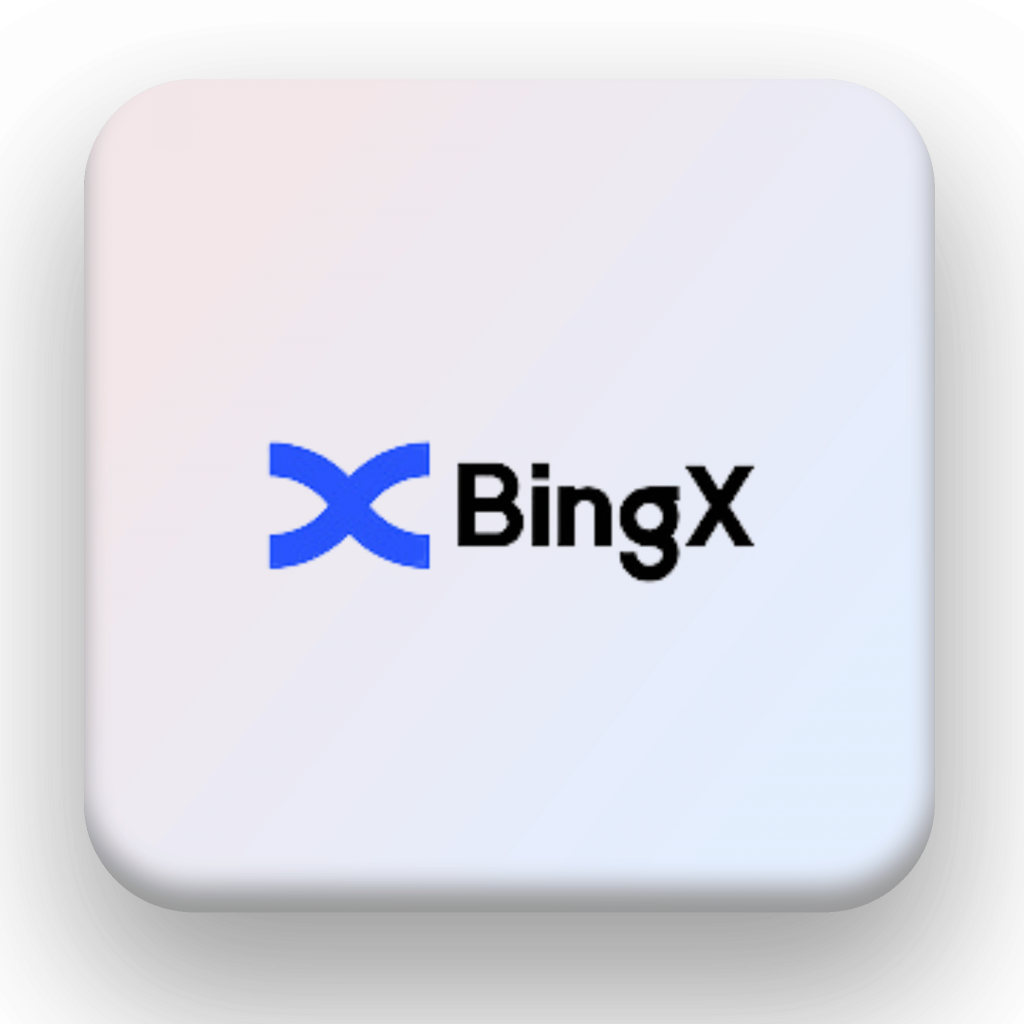Home / CRYPTOCURRENCY TRADING / ANALYZING THE CRYPTOCURRENCY MARKET

Analyzing the Cryptocurrency Market:
A Comprehensive Guide for 2024
The cryptocurrency market is one of the most dynamic and volatile financial sectors, with new opportunities and risks emerging daily. For both novice and experienced traders, analyzing the cryptocurrency market effectively is crucial to making informed decisions and maximizing potential profits.
In this article, we’ll explore the key aspects of cryptocurrency market analysis, including fundamental and technical analysis, market sentiment, and the use of key indicators.
We’ll also look at important market statistics, trends, and tools that traders use to analyze the crypto market.
What is Cryptocurrency Market Analysis?
Cryptocurrency market analysis refers to the process of evaluating the market to make informed trading decisions. Traders use various techniques, including technical analysis, fundamental analysis, and understanding market sentiment, to predict future price movements of cryptocurrencies.
Given the 24/7 nature of crypto markets and their high volatility, accurate analysis is essential for traders looking to profit from price fluctuations in assets like Bitcoin (BTC), Ethereum (ETH), Solana (SOL), and countless other altcoins.
Types of Cryptocurrency Market Analysis
There are three main types of cryptocurrency market analysis: fundamental analysis, technical analysis, and sentiment analysis. Each method offers unique insights into the market and helps traders predict price movements.
1. Fundamental Analysis (FA)
Fundamental analysis involves evaluating the intrinsic value of a cryptocurrency by examining its underlying technology, use case, the team behind it, and overall market demand.
This type of analysis helps traders understand the long-term potential of a cryptocurrency rather than focusing on short-term price fluctuations.
Key Factors in Fundamental Analysis:
- Technology: The blockchain and protocols powering the cryptocurrency.
- Development Team: The team’s experience and the project’s roadmap.
- Adoption and Use Case: The practical use and adoption rate of the cryptocurrency.
- Market Demand: Supply and demand dynamics, tokenomics, and market capitalization.
For example, Ethereum 2.0’s transition to proof-of-stake (PoS) is a major event that fundamentally affects the Ethereum network, influencing its long-term potential.
2. Technical Analysis (TA)
Technical analysis involves studying historical price data and chart patterns to predict future price movements. This is done through the use of various technical indicators, such as moving averages, Relative Strength Index (RSI), Bollinger Bands, and MACD.
Popular Technical Indicators:
- Moving Averages (MA): Help smooth out price data to identify trends over time.
- RSI: Measures the speed and change of price movements to identify overbought or oversold conditions.
- MACD (Moving Average Convergence Divergence): Shows the relationship between two moving averages to help identify trends.
- Bollinger Bands: Indicate volatility and price levels that are overbought or oversold.
3. Sentiment Analysis
Sentiment analysis is the process of gauging the mood or sentiment of market participants.
It looks at how news, social media, and other factors influence market sentiment. Positive or negative news about a cryptocurrency can lead to rapid changes in its price.
Key Sentiment Indicators:
- Social Media Monitoring: Tracking mentions and sentiment on platforms like Twitter, Reddit, and Telegram.
- News Impact: Positive or negative news events, such as regulatory updates or technological breakthroughs.
- On-chain Data: Metrics like transaction volume and wallet activity that provide insights into market sentiment.
Key Cryptocurrency Market Analytics
The cryptocurrency market is known for its high volatility, making it essential for traders to track key metrics and data.
Below are some of the most important statistics to keep in mind when analyzing the cryptocurrency market:
1. Market Capitalization
Market capitalization is a key metric that gives an overview of the size and relative importance of a cryptocurrency in the market. It is calculated by multiplying the current price of the cryptocurrency by its circulating supply.
| Cryptocurrency | Market Cap (2024) | Price (2024) | Circulating Supply |
|---|---|---|---|
| Bitcoin (BTC) | $560 Billion | $30,000 | 19.1 Million BTC |
| Ethereum (ETH) | $240 Billion | $1,600 | 155 Million ETH |
| Solana (SOL) | $9.6 Billion | $100 | 96 Million SOL |
| Binance Coin (BNB) | $50 Billion | $350 | 140 Million BNB |
2. Volume and Liquidity
Volume refers to the number of cryptocurrency units traded in a given time period.
High volume and liquidity are essential for ensuring that there is enough market depth to enter and exit trades without significant slippage.
| Cryptocurrency | 24-Hour Trading Volume (2024) |
|---|---|
| Bitcoin (BTC) | $30 Billion |
| Ethereum (ETH) | $12 Billion |
| Tether (USDT) | $75 Billion |
3. Volatility
The crypto market is known for its extreme price volatility.
Bitcoin, for example, has had periods where it fluctuated by over 20% within 24 hours.
This volatility can present both significant opportunities and risks for traders.
Historical Bitcoin Volatility:
| Time Period | Price Change (%) | Notes |
|---|---|---|
| 2021 Q4 | +50% | Bull run |
| 2022 Q2 | -40% | Market correction |
| 2023 Q1 | +30% | Post-regulation rally |
Binance is a leading global cryptocurrency exchange known for its wide range of trading pairs, low fees, and advanced features for both beginners and professionals.
Coinbase is a popular and user-friendly cryptocurrency exchange that offers secure and easy access to buying, selling, and storing digital assets.
Kraken is a well-established cryptocurrency exchange offering a secure platform with a wide selection of coins and advanced trading tools for all types of traders.
KuCoin is a global crypto exchange providing a wide variety of altcoins, advanced trading features, and competitive fees for users worldwide.
BingX is a global cryptocurrency exchange that offers spot and derivative trading with an intuitive interface and a focus on social trading.
Huobi Global is a leading cryptocurrency exchange that offers a wide range of digital assets and advanced trading tools with a focus on security and liquidity.
OKX is a comprehensive digital asset exchange that provides advanced features like margin trading, futures, and DeFi services with low fees.
Bybit is a popular exchange known for its leveraged trading options and advanced charting tools, tailored for professional cryptocurrency traders.
Gate.io is a global cryptocurrency exchange that offers a wide range of coins, low trading fees, and features like margin and futures trading.
Bitget is a global crypto exchange offering futures and spot trading with an emphasis on user-friendly features and high liquidity.
Tools for Analyzing the Cryptocurrency Market
To conduct effective cryptocurrency market analysis, traders rely on a variety of tools and platforms. Here are some popular options:
1. Crypto Market Data Platforms
- CoinMarketCap: Provides market cap, price, volume, and other important data for thousands of cryptocurrencies.
- CoinGecko: Offers real-time data on prices, market cap, trading volume, and developer activity.
- TradingView: Popular for technical analysis, providing advanced charting tools and indicators.
2. On-Chain Analytics Tools
- Glassnode: Provides insights into on-chain data, such as wallet activity and transaction volumes.
- IntoTheBlock: Offers indicators like In/Out of the Money and Unspent Transaction Outputs (UTXOs) to gauge market sentiment and investor behavior.
3. News and Sentiment Analysis Platforms
- LunarCrush: Analyzes social media sentiment and activity across platforms like Twitter, Reddit, and Telegram.
- The Tie: Tracks social sentiment and news to give traders a deeper understanding of market moves.
Conclusion: Mastering Cryptocurrency Market Analysis
Successfully analyzing the cryptocurrency market involves a mix of fundamental analysis, technical analysis, and sentiment analysis. By leveraging these methods, traders can gain a deeper understanding of market trends, identify entry and exit points, and make more informed decisions.
Whether you’re trading Bitcoin, Ethereum, or altcoins, staying on top of market analytics, understanding volatility, and using the right tools are essential for success in this fast-paced market.

Author: Alex Turner
Expert in Cryptocurrency Markets & Blockchain Technology
Alex Turner is a seasoned cryptocurrency expert with over 8 years of experience in the digital asset industry.
As a senior market analyst and cryptocurrency strategist, Alex has worked with several leading blockchain companies and financial institutions to develop market insights, trading strategies, and risk management frameworks.












